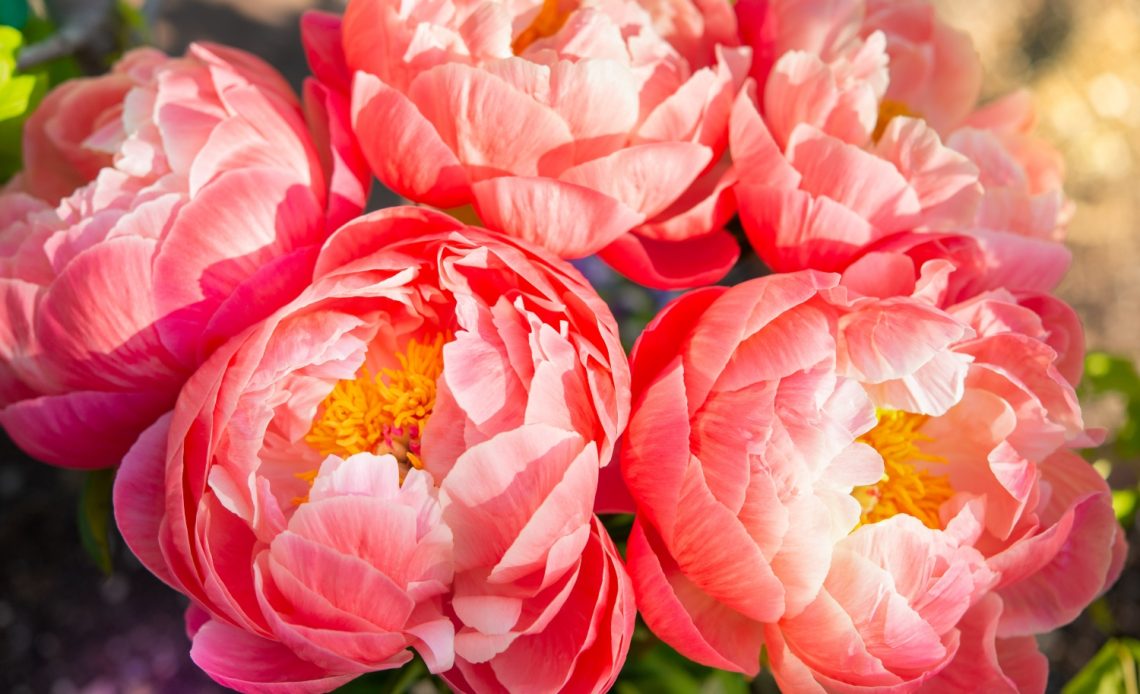

We’re here to help! Wild Yards is a completely free website that is 100% dedicated to helping you create a wildlife-friendly, sustainable yard. Read more
WildYards is reader-supported. When you buy a product through a link on our site, we may earn a comission. Every product is independently selected by our (obsessive) editors and our reviews are unbiased and objective. Read more about our mission or our privacy policy.
Prized for their lush yet delicate blooms, peonies are a favorite among backyard gardeners and professional landscapers. Not only are they beautiful, but they’re also easy to care for, and their sweet fragrance makes them incredibly popular with bees and other pollinators to boot. Peonies are commonly grown in the northerly portion of the United States, as they prefer cooler weather. But you can still grow peonies in California (and other warm, dry regions, too!), you just have to choose the right peony varieties.
‘Buckeye Belle’, ‘Keiko’, ‘Misaka’, and ‘Julia Rose’ peonies are well-suited to the northern and eastern California climates, while tree peonies like ‘Coral Terrace’, ‘Alice Harding’, and ‘Phoenix White’ are tough enough to withstand the sunny conditions in southern California.
Are peonies native to California?
Peonies are native to Europe, Asia, and the western region of North America, and that includes California. The California Peony (Paeonia Californica) is a deciduous perennial shrub that grows 29-inches tall. Plants produce deep purple to red flowers. Some blooms are so dark that they may appear black.
California peonies can be spotted growing wild throughout the southwestern portion of the state, in meadows, hillsides, and chaparrals. Compared to modern hybrid peonies, the California peony is extremely drought-tolerant. These plants grow best in partial sunlight and are highly adaptable, thriving in a variety of soil types.
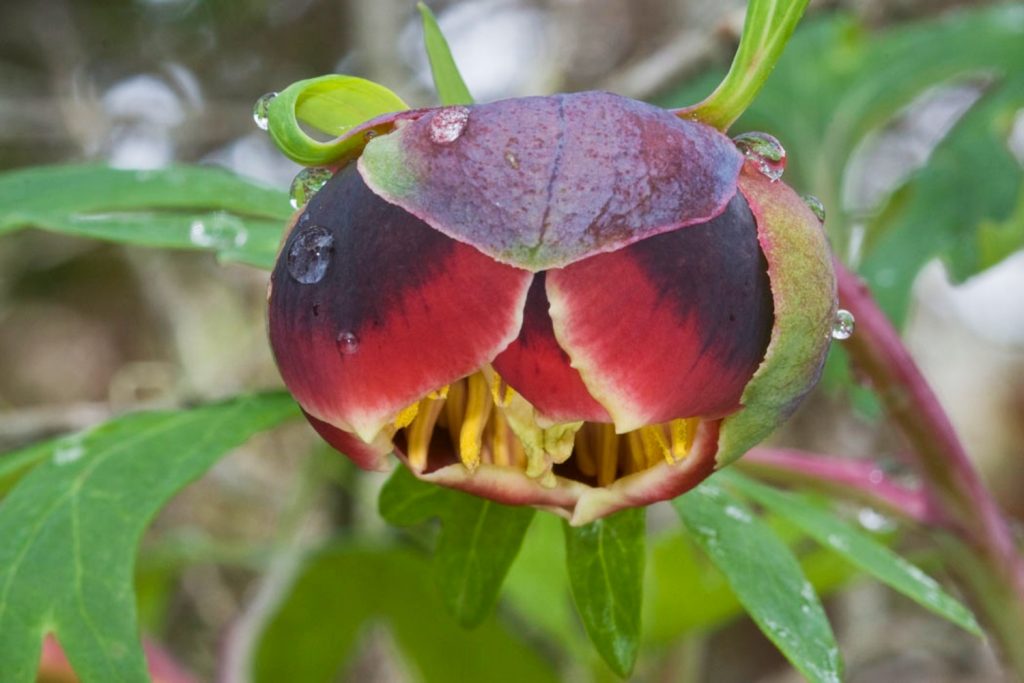
What are the peony’s growing requirements?
Not all members of the species share the California peony’s hardy nature. Ornamental peonies, though they are easy to grow, can be persnickety if their growing requirements are not met.
Most peonies grow best when planted in moist but well-draining soils that are rich in nutrient-dense organic matter. Peonies can tolerate full sun in cooler growing zones but tend to do better when planted in partial shade in warmer regions.
Peonies should be watered weekly, usually, an inch is enough to keep them hydrated, although you may need to apply a layer of mulch to help their soil stay cool and retain moisture. It’s best to water the plants in the morning, and always test the soil before watering them. Peonies don’t like their soil to get too dry, but they’ll suffer if their roots are left sitting in mud.
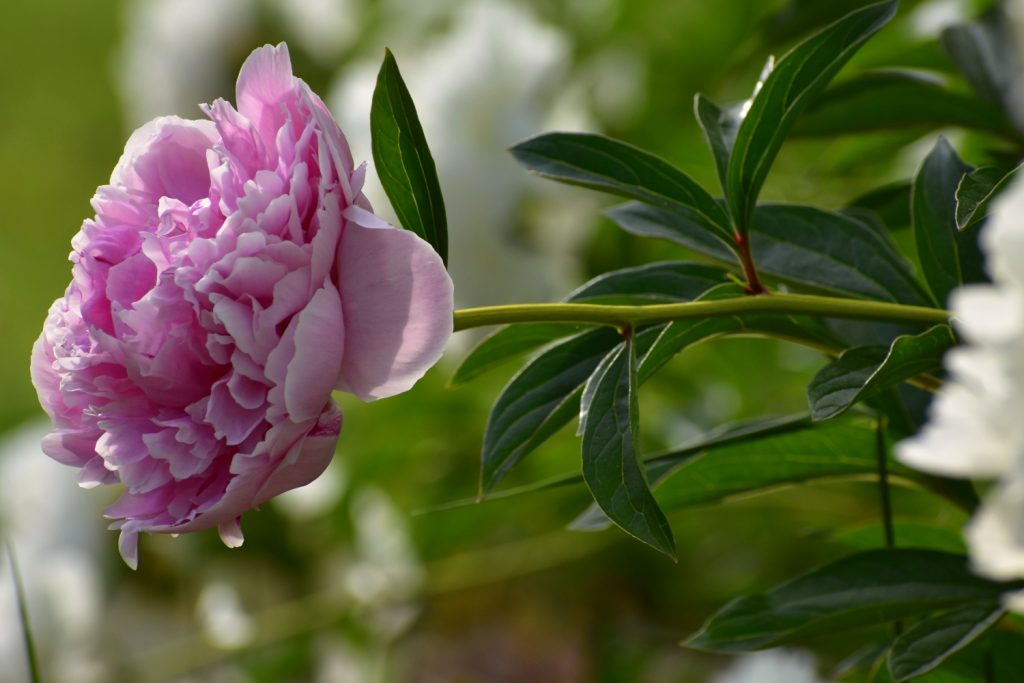
How big do peonies grow?
How big a peony plant grows depends on its variety. Most species of bush peonies reach maximum heights of 2 or 3 feet with spreads of 2 to 4 feet. Tree peonies are the largest of the species. These are large shrubs that can grow up to 7 feet tall.
Peonies are slow-growing until they become well-established, at which point they may start to grow like weeds. Although it takes bulbs a few years to get their bearings, once they’re comfortable in their new homes and all of their growing needs are being met, it might surprise you how quickly they spread out!
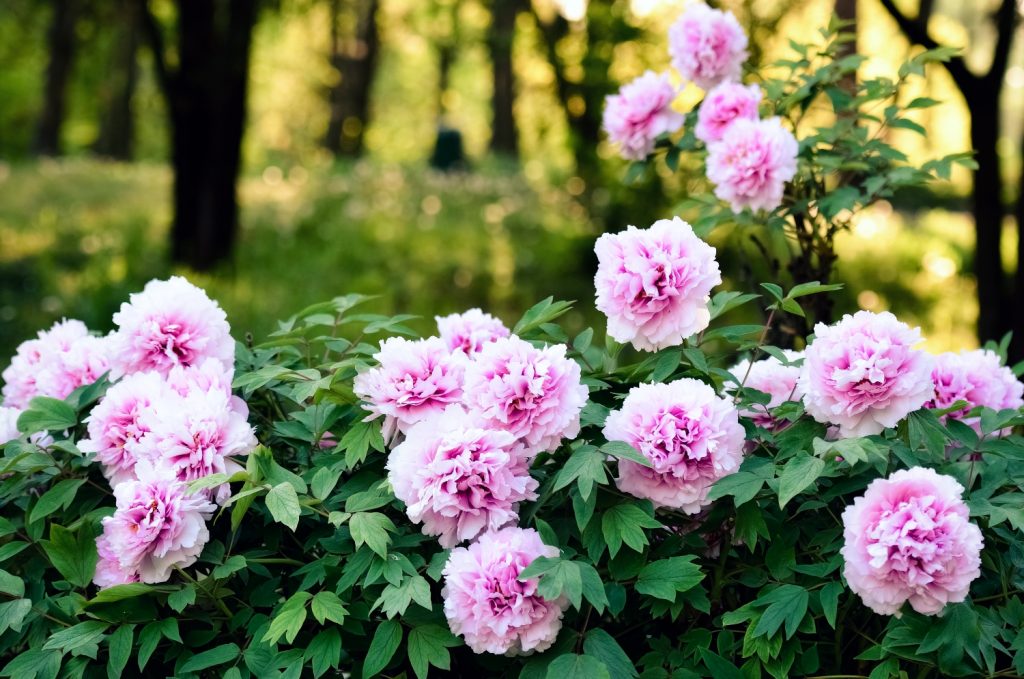
When do peonies bloom?
Peonies are prolific bloomers, and the more established they are, the more flowers they produce. Healthy, happy peonies can bloom anywhere from early spring to early summer, depending on their variety.
Young peonies typically don’t bloom the first year. It can take plants 2 to 4 years to mature enough to produce flowers. But, once the plants develop good root systems, they should begin producing buds, unless their growing requirements are not being met.
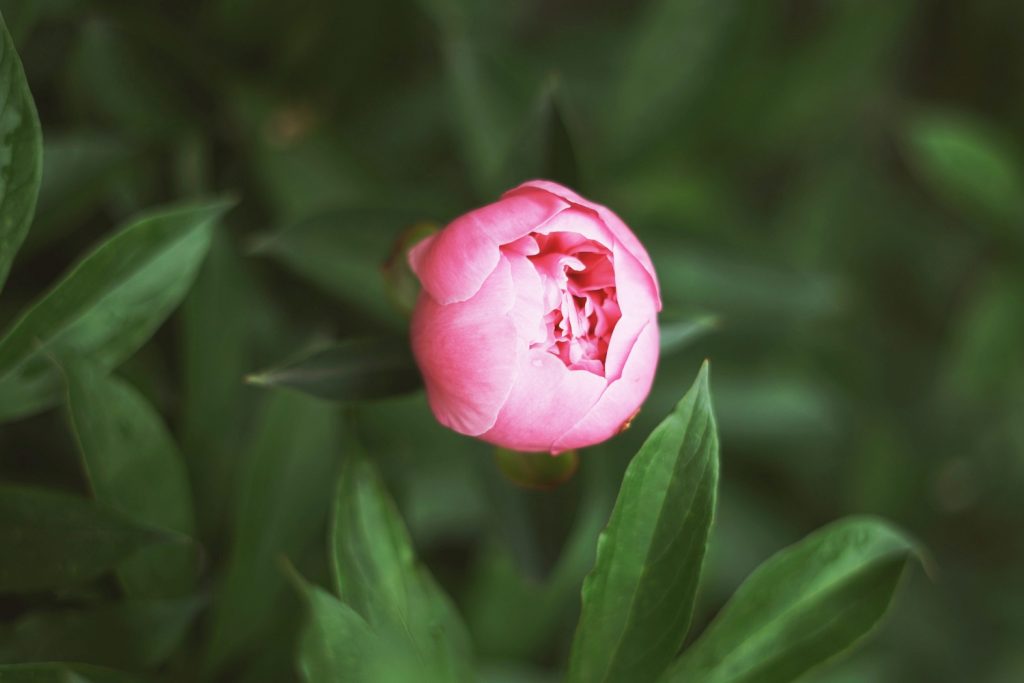
What are the best types of peonies to grow in California?
It should come as no surprise that the very best type of peony to grow in California is the California peony. Although these wildflowers are not as flashy as hybrid varieties, they are uniquely suited to the state’s warm, dry conditions. When incorporated into urban landscaping, California peonies are incredibly low-maintenance, plus, as native species, they support local pollinators and the ecosystem as a whole.
But if you want to use peonies to create a show-stopping focal point in your backyard, you’re better off choosing an ornamental variety. When growing peonies in California, be sure to look for the following varieties.
‘Keiko’ (zones 4 through 8)
With soft, dusty pink petals and semi to double-blooms that measure up to 6-inches in diameter, the ‘Keiko’ peony is an herbaceous perennial with a lifespan of more than 20 years. Measuring around 2 feet tall by 2 feet wide, the ‘Keiko’ peony is a compact mounding shrub, a perfect balance of elegance and unpretentiousness that works well in a variety of landscapes. Because this peony grows well in full sun, it’s an excellent choice for Califonia gardeners.
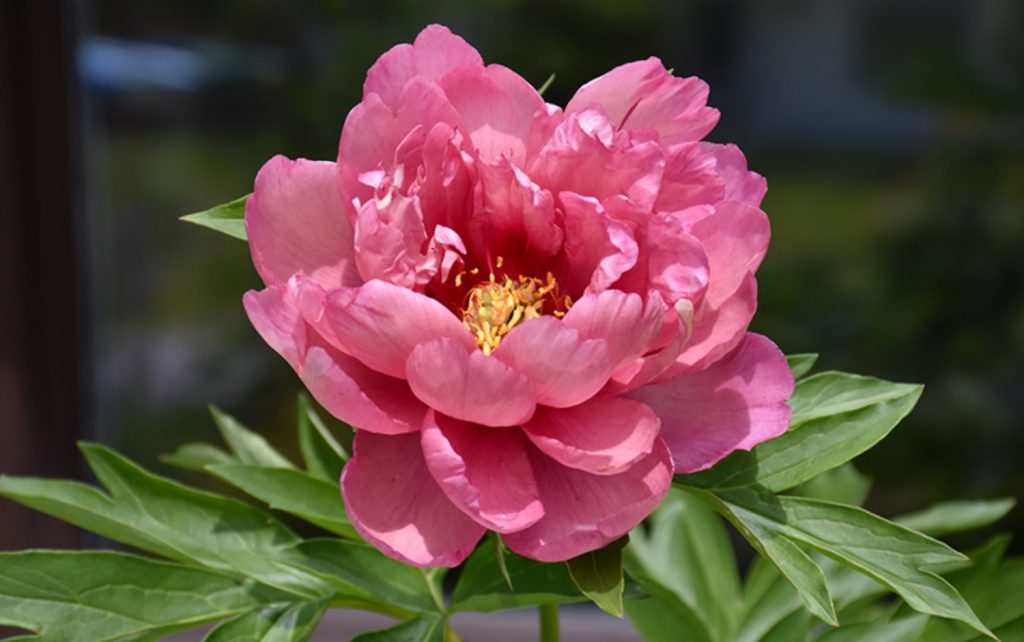
‘Phoenix White’ (zones 4 through 9)
A tree peony with glossy, dark green leaves and white single blooms, the ‘Phoenix White’ peony is tolerant of harsh conditions. This highly adaptable shrub can withstand the heat of the full sun and is somewhat drought-tolerant once it’s established. The ‘Phoenix White’ tree peony grows 4 to 5 feet tall but can be pruned back to 1 or 2 feet to create a border for your garden and to encourage dense foliage growth.
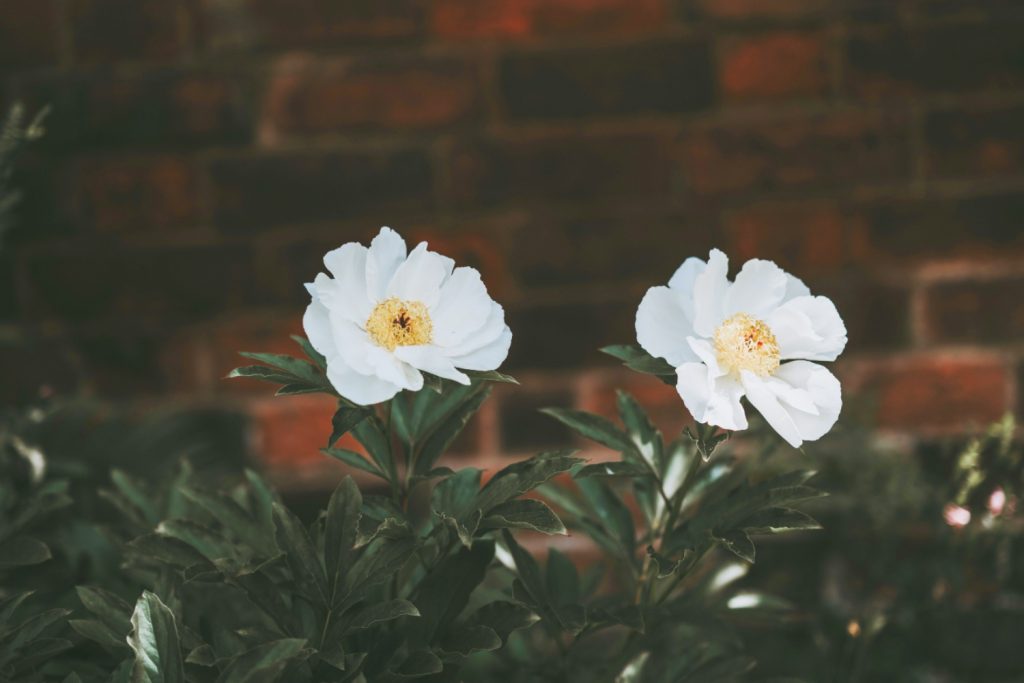
‘Buckeye Belle’ (3 through 8)
The ‘Buckeye Belle’ peony’s luxurious, romantic red blossoms are hard to resist. This peony is one of the better options for northern California gardeners because it’s sturdy and won’t falter when planted in full sun. The ‘Buckeye Belle’ is a fast grower, quickly reaching its maximum size of 2 feet tall by 3 feet wide when kept in moist, deep soil. This peony develops a compact shape with long-lasting medium green foliage, a handsome addition to any garden.
‘Coral Terrace’ (zones 4 through 9)
The orange-pink flowers of the ‘Coral Terrace’ tree peony are extremely popular with pollinators, especially butterflies who are attracted to the plant’s mild fragrance. ‘Coral Terrace’ tree peonies can grow 3 to 5 feet tall and 3 to 4 feet wide, but, like ‘Phoenix White’ peonies, they can be pruned to maintain a smaller size. This peony doesn’t like to be fussed over. Just plant it, keep its soil moist, and leave it to its own devices. The ‘Coral Terrace’ is sturdy enough to withstand California’s hot summers, but should be kept out of the wind.
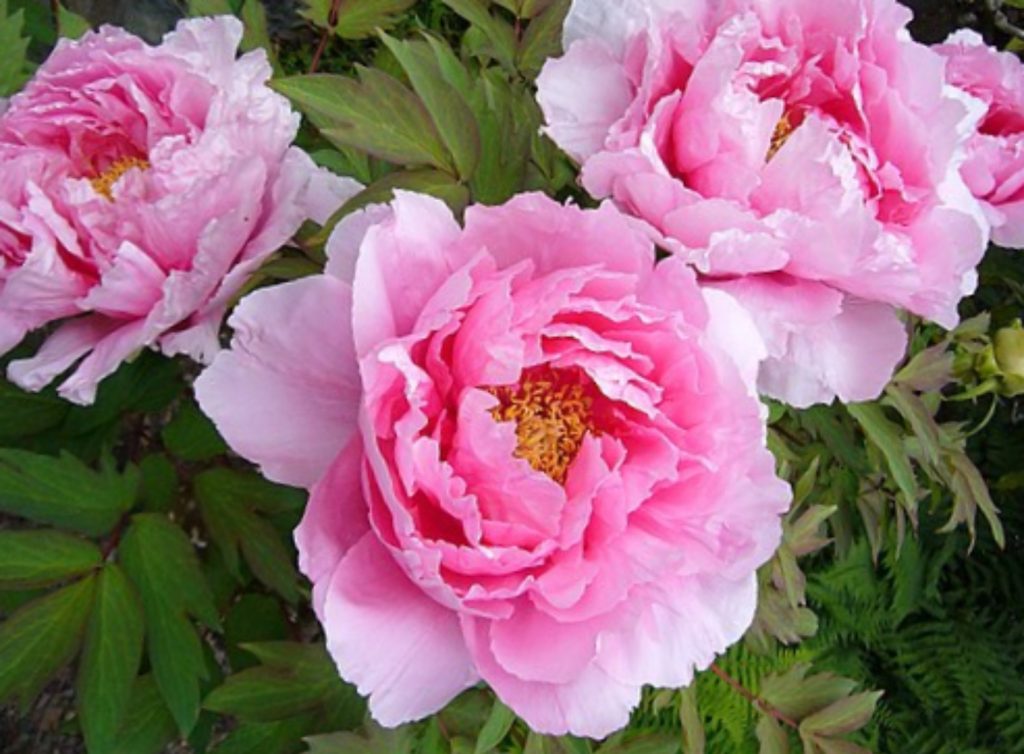
‘Julia Rose’ (zones 3 through 8)
Featuring apricot-colored petals that transition to magenta-pink at the tips, the ‘Julia Rose’ peony smells as tantalizing as it looks. These peonies are fast-growers, quickly reaching 3 feet tall by as many feet wide. The ‘Julia Rose’ variety is a resilient peony that can survive in full sunlight, as long as its soil is kept moist, which makes it a good choice for growers in California.
‘Misaka’ (zones 4 through 8)
The ‘Misaka’ peony produces large peachy orange blooms with scarlet red centers and a delicious fragrance. These peonies grow at a moderate pace, reaching their maximum size of 30 inches tall by 30 inches wide over the span of a few growing seasons. ‘Misaka’ peonies are disease and pest-resistant, growing best in full to partial sunlight. Just be sure to keep them hydrated, and these peonies can grow just fine in California gardens.
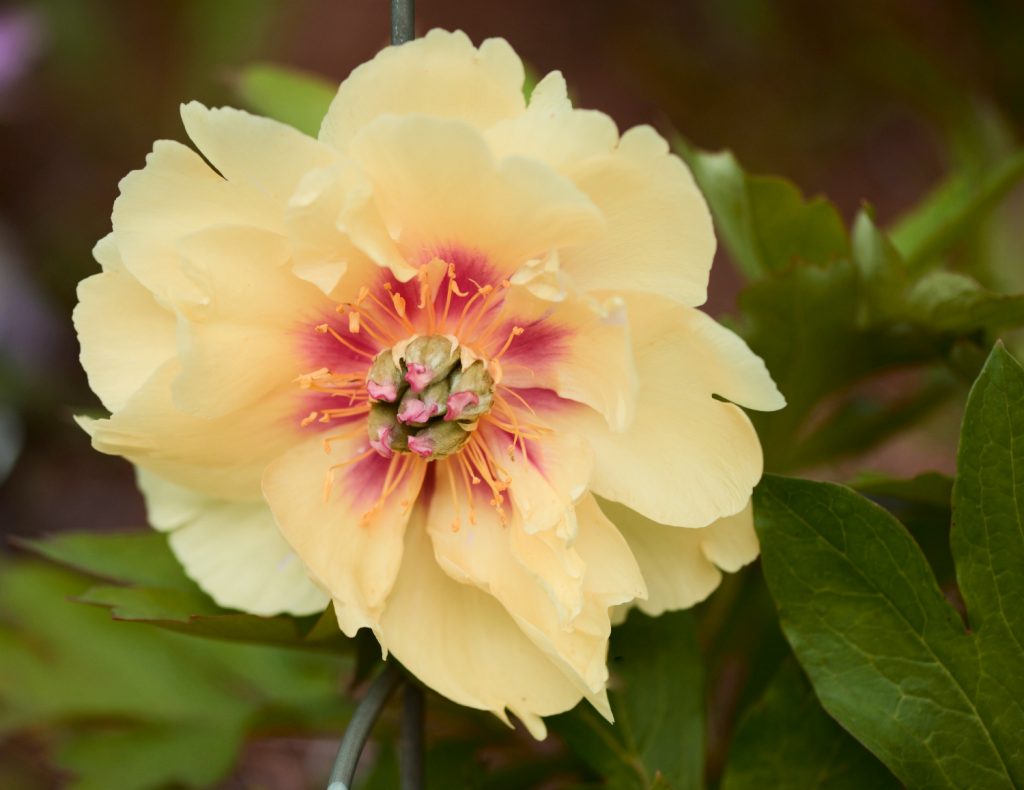
‘Alice Harding’ (zones 3 through 9)
This soft-stemmed variety features classic-looking double blooms in delicate pastel shades, including pink, white, peach, and yellow. ‘Alice Harding’ peonies grow 2 to 2.5-feet tall and just as wide. Originating in France, ‘Alice Harding’ peonies made their way to America in 1920 and have steadily grown in popularity, largely because they’re so hardy. These tree peonies perform well in California’s warm climate.
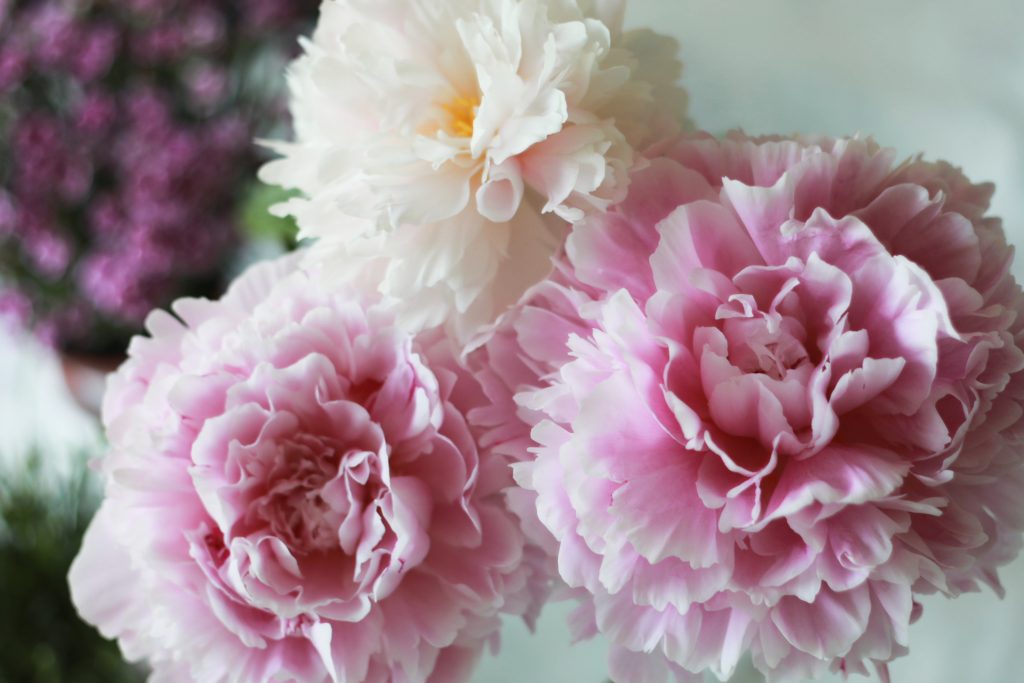
When should you plant peonies in California?
In cooler growing zones, it’s best to plant peonies in the fall. Even though peonies don’t sprout until the spring, they rely on cold temperatures during their dormant period to help kickstart growth. But because California enjoys temperate winters, you’ll have to chill your peony bulbs before you plant them to help them get started on the right foot.
Peony bulbs need anywhere from 500 to 1,000 chilling hours before being planted. How many hours your peonies need depends on their variety, as well as your growing region. California gardeners can use this handy calculator to help determine how long their peony bulbs should stay chilled. Keep your peonies cold over the winter by storing them in a ventilated mesh bag in the fridge.
Once your peony bulbs have been properly chilled, you can plant them. It’s best to plant bulbs in late winter or early spring. You may still have success planting bulbs that were not chilled, however, bulbs that never get cold enough may take longer to bloom.

How should you plant your peonies?
Peonies grow best in neutral soil, so test your soil ahead of time and amend it as necessary to put it in the 6 to 7 range. Because peonies prefer nutrient-rich soils, be sure to mix plenty of compost into the soil before planting. This will also improve drainage and make the soil loose enough for peonies to establish themselves quickly.
Plant peony bulbs 2 to 3 inches deep with the eyes facing upward. Space bulbs 3 to 4 feet apart to give mature plants plenty of room to spread out. Keep the soil damp at all times, but do not overwater the bulbs or they may rot. Consider adding a layer of mulch to help the soil retain moisture.
If you live in northern California, your peonies may be able to withstand full sunlight. But if you live in the southern portion of the state, be sure to plant your peony bulbs where they’ll receive some afternoon shade.
A quick side note: Always get your peony bulbs from nurseries, as they will ensure the bulbs are kept moist. Peonies sold by major retailers often die because they’re put on a shelf and allowed to dry out. If the bulbs you plant haven’t been cared for properly, they may not sprout, or they may die shortly afterward. And since it can take several years for peony plants to mature enough to flower, that can set you back a few seasons.
Can you grow peonies in pots in California?
Thanks to their fabulous blossoms and naturally manicured shape, peonies are wonderful plants to grow in pots to dress up patios and decks. But if you live in California, you’re probably better off planting your peony bulbs directly in the ground.
In California, peonies grow best in full sun, or in a spot where they can receive afternoon shade. When grown in pots, the containers will trap heat, keeping the soil too warm for your peonies to grow well. Not only will this dry out the soil more quickly, but it may even burn the roots, causing the bulbs to die before they sprout.
If you choose to start your peonies in pots, that’s fine. Just be sure to check the soil regularly to make sure it stays moist. And keep the pots in a shady location where bulbs receive 4 or 5 hours of the morning sun. Once your peonies become more established, it’s best to remove them from their pots and transplant them to an appropriate location in your garden.
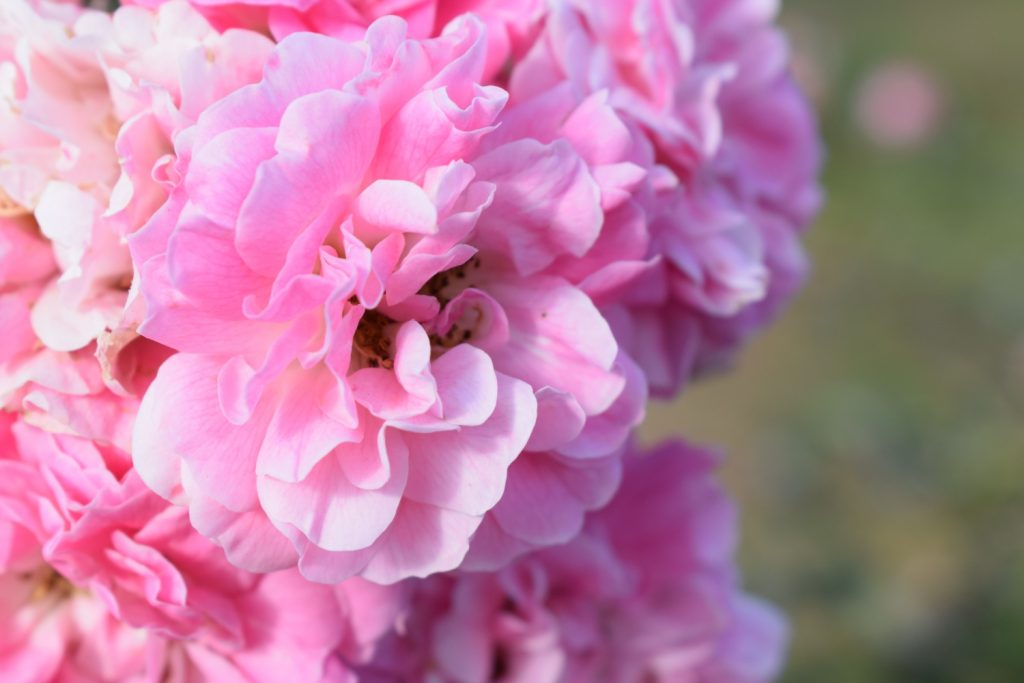
How can California gardeners encourage peonies to bloom?
The unfortunate reality is that it takes peonies a few years to flower. But there are a few things you can do to encourage your peonies to bloom, and it all starts with meeting their growing requirements. Make sure your plants are growing in nutrient-rich soil, that they’re getting enough sunlight, and that they’re well-watered, but not overwatered. This is the easiest, most effective way to encourage your peonies to bloom.
Removing dead foliage regularly improves air circulation and prevents the plants from becoming scraggly. Annual pruning of leggy stems improves the plant’s shape and stimulates new growth. Focus on cultivating healthy foliage and resilient root systems. Once your plants are well-established, it’s only a matter of time before they bud out.
Peonies are low-maintenance plants with flowers that are to die for. If you thought these beauties could only be grown in cool climates, think again. When you choose the right cultivars and tend to all of their basic needs, you can grow peonies in California and enjoy these splendid springtime blossoms from the comfort of your own backyard.
